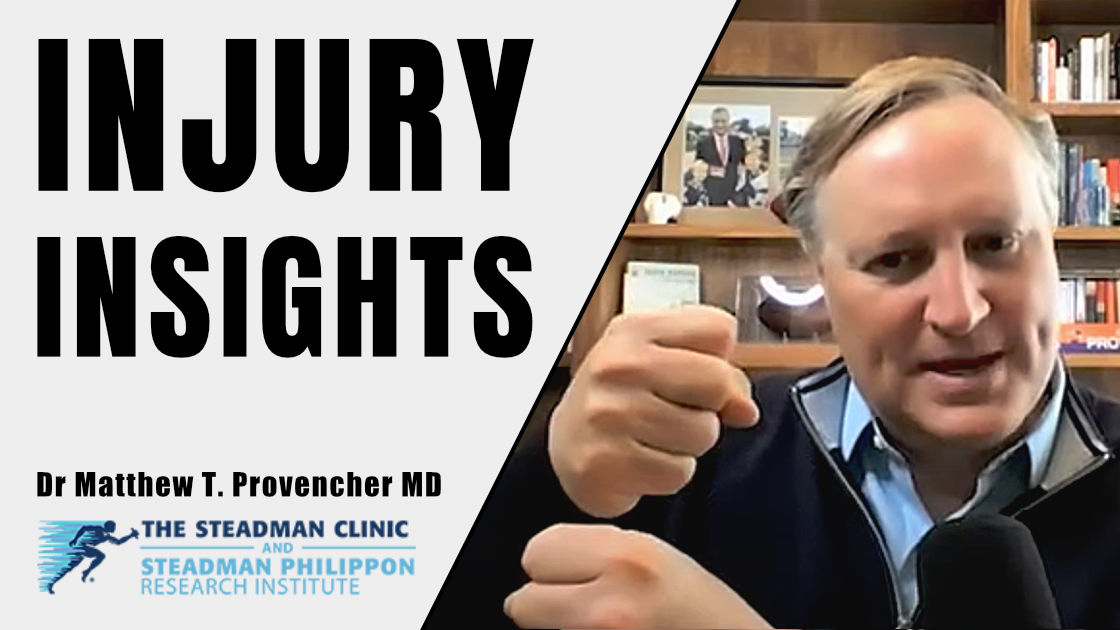

The most dreaded injury in football. ACL – Three letters that strike fear into the hearts of even the hardiest of professional athletes.
On Sunday, Wolverhampton Wanderers released a statement via the club’s website confirming that new signing Sasa Kalajdzic suffered an injury to his anterior cruciate ligament (ACL) during the latter stages of the first half of his debut. The 6ft 7in striker failed to appear for the second forty-five, although manager Bruno Lage initially played down concerns of a serious setback during his post-match press conference.
“It’s nothing special,” he said. “What is important is that he played 45 minutes at a good level.”
However, further tests revealed the injury to be more serious than first thought, and while speculation grows as to its severity, the expected arrival of free agent Diego Costa for a medical on Tuesday suggests that Kalajdzic is set for a significant period on the sidelines:
“Sasa felt a pain in his knee late in the first half against Southampton. Unfortunately, scans reveal an anterior cruciate injury, and he will see a knee specialist tomorrow. “We now need to support Sasa in his recovery, and further updates will follow.”
We spoke to world-renowned surgeon Dr Matthew Provencher from the Steadman Clinic, who talked us through the on-field examination to the next steps in the recovery process and beyond.
The anterior cruciate ligament, an inch-long ribbon of connective tissue in the centre of the knee joint, is vulnerable to the short, sharp changes of direction inherent in elite-level sport.
As recently as 30 years ago, an ACL rupture or tear could quite easily be a career-killer. But there has been a quantum leap forward in treatment and rehabilitation since then. For that, a debt of gratitude is owed to the likes of Dr Matthew Provencher MD, whose pioneering work at the world-famous Steadman Clinic has helped to turn the tide.
Dr Provencher is an orthopaedic surgeon with a special focus on knee joint injuries, and he told Premier Injuries how ACL issues are identified and treated.
He describes a three-stage process, from initial assessment to the operating table.
1 On-pitch Exam
“The best diagnosis to see how an ACL is doing is an exam. Many times on a football pitch you’ll see someone testing the stability of the knee right away to see if the ACL is intact.
“There are specialised tests to be able to assess the integrity of the ACL. Immediately after an ACL injury, it can swell quite a bit because there is quite a bit of blood supply in that ligament.
“That is why we generally describe a grapefruit-sized effusion, or swelling of the knee, after the ACL happens.”
2 Diagnosis
“The next part after we do the exam, which is the most important, is the MRI or X-rays. That can help diagnose the ligament. When you look at the MRI, how deep inside the knee the ligament actually is.”
3 Surgery
“From a surgical standpoint to help either fix this or reconstruct it, our techniques have evolved drastically over the last 25 years or so.
“We started with an open ACL type of approach. That’s all we had. But then we went to an open approach and now we use an arthroscopically assisted approach.
“That allows us to get deep inside the knee, which can be pretty humbling if you’re trying to see this without an arthroscope.
“It’s so much easier now with the tools we have to be able to do what we need to do to reproduce the anatomy and the mechanics of the ACL pretty close to what you were born with.“
The above is an overview. Dr Provencher further explored the detail in his 40-minute interview with Premier Injuries.
To learn more about ACL recovery time, the role psychology plays in rehab, and the specifics of the ‘terrible triad’, watch the full interview below.



